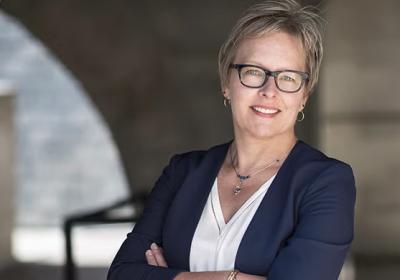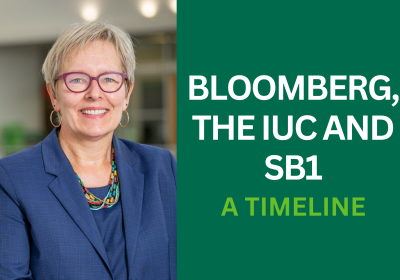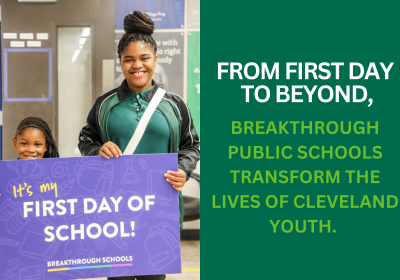
Can CSU stem the outflow of students?
Cleveland State University Interim Provost Dr. Nigamanth Sridhar told the CSU Senate at its first meeting of the academic year, Wednesday, Sept. 14., that enrollment had fallen by 20% since 2018. Sridhar, who is also the senior vice president for academic affairs, outlined measures the university was beginning to take to stem the outflow.
Sridhar told the Senate that student figures had fallen from 16,400 to 12,900 students between fall 2018 and fall 2022.
"Students are telling us with their feet and families are telling us with their feet, that what used to be five years ago no longer is, right. Again, 3,500 students over five years," Sridhar said.
The interim provost outlined ways in which the university was working to redress the problem and emphasized global outreach and online learning as two potential avenues for increasing student numbers.
CSU Global was expected to bring in about 300 students in its initial intake but sent 700 students to campus, adding stress to the departments housing the incoming students' preferred fields of study.
“We are working with the student government as well as with CSU Global and seeing how we can provide a better student experience on campus,” Dr. Srihdar said.
He called on CSU's faculty to partner with the administration in finding ways to increase enrollments and to keep students at CSU once they choose it as their school.
Shared governance with faculty was an evident note underpinning the interim provost's address, following a somewhat rocky relationship between faculty and the administration under the former president, Harlan Sands, who was let go earlier this year.
Faculty Senate President Anup Kumar Ph.D. also underscored shared governance in his opening remarks to the meeting.
"Faculty input is essential because at the end of the day it's the faculty who are doing the actual task of what the University does, which is basically teaching students. That's the primary job to do, and the faculty are the ones who do that job," Kumar said.
Kumar referred to a Chronicle of Higher Education survey of college chief financial officers, which indicated that 30% of university CFOs are not confident of their institution's financial viability.
He added that the Senate had an informal but crucial advisory role in CSU's financial health. Addressing the drop in student numbers, Kumar said enrollment "affects the university's financial viability. If the university is not financially sound, nothing survives."
Dr. Kumar pointed to an article that indicated some of the reasons affecting student success: COVID, students' financial stress, boring teachers, and, from that article, most importantly attendance.
Sridhar acknowledged the task ahead for the university and noted one bright spot, a big increase in first-year retention rates, from 49% in 2009 to 70% now, down from a high of 77% ahead of the coronavirus pandemic.
CSU has taken its lead from the Centers for Disease Control on managing the pandemic, and cautiously reopened the campus over the past year.
Kumar noted at the Senate meeting that in-class teaching was key to student success, social networking and their mental health.
Kumar also said that CSU appeared to be ahead of the curve nationally with its CSU 2.0 initiative and the realignment and merging of colleges.
The Senate president acknowledged that the admissions office played the major role in enrollment but reminded the administration that faculty are crucial to keep students attending class and to stop the university from failing them.
“If you don’t deliver good quality product every day, nothing works,” Kumar said. “So we need to deliver a good quality product.”










